Home>Others>Specialized Home Improvement Topics>How Do You Defrost Car Windows
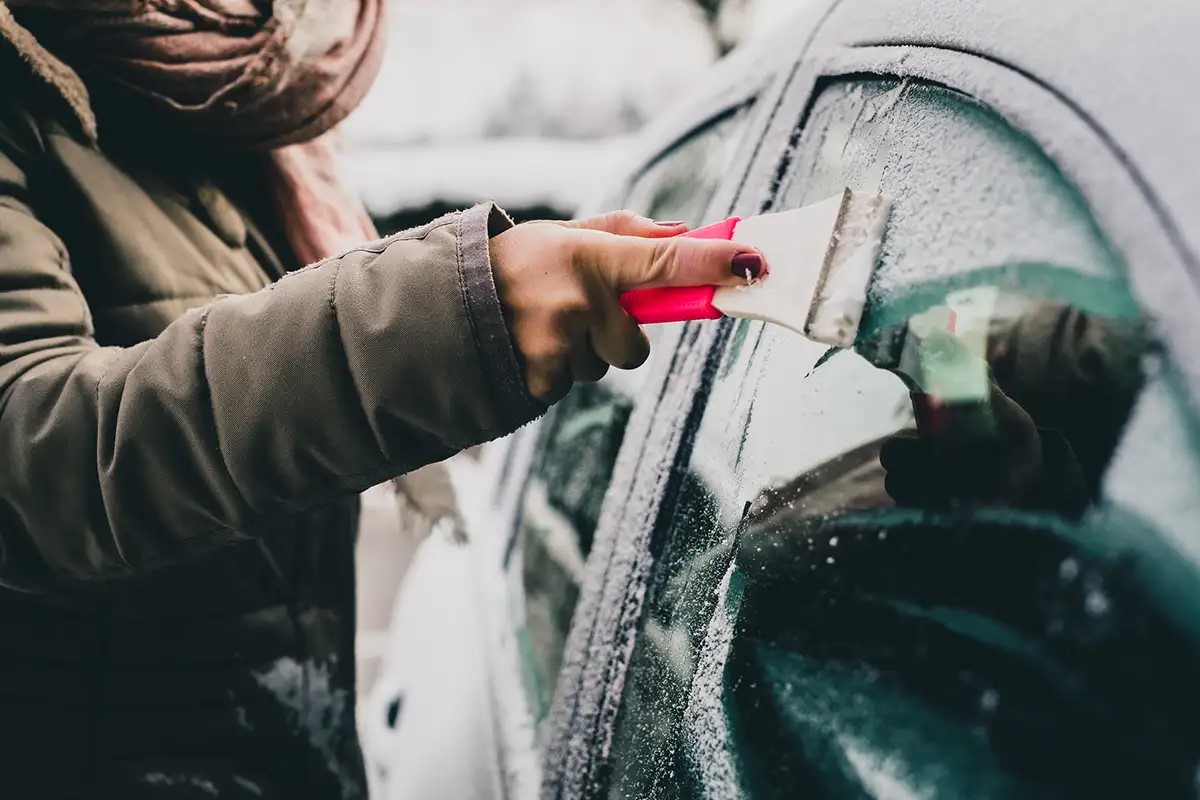

Specialized Home Improvement Topics
How Do You Defrost Car Windows
Published: January 8, 2024
Learn effective methods to defrost car windows in no time. Get expert tips on specialized home improvement topics. Keep your car windows clear and safe.
(Many of the links in this article redirect to a specific reviewed product. Your purchase of these products through affiliate links helps to generate commission for Storables.com, at no extra cost. Learn more)
Introduction
When winter arrives, the sight of frost on car windows is a common occurrence that can significantly impede your morning routine. The inconvenience of dealing with frosted windows often leads to frustration, especially when you're in a rush to get to work or school. However, understanding the science behind frost formation and learning effective defrosting techniques can make this experience much more manageable.
In this comprehensive guide, we will delve into the fascinating science behind frost formation, providing valuable insights into why it occurs and how it can be effectively managed. Additionally, we will explore various practical tips and methods for defrosting car windows, equipping you with the knowledge to tackle frost with confidence and ease.
So, join us as we embark on an enlightening journey through the world of frost and defrosting, empowering you to conquer frosty mornings and embrace the winter season with a newfound sense of preparedness and resilience.
Key Takeaways:
- Defrosting car windows in winter is easier when you understand the science behind frost formation. Using de-icer solutions, homemade remedies, and preventive measures can make the process more manageable and keep your windows clear.
- To defrost car windows, start the car early, use the defrost setting, and avoid hot water. You can also use a vinegar solution, a plastic bag with warm water, or a homemade de-icer. Preventing frost build-up with windshield covers and hydrophobic coatings can also make defrosting easier.
Read more: How To Defrost Car Windows Without Heat
Understanding the Science Behind Frost
Before diving into the methods for defrosting car windows, it’s essential to grasp the scientific principles behind frost formation. Frost typically occurs when the temperature of a surface, such as a car window, drops below the freezing point of water. When the air is humid, moisture in the atmosphere condenses on the colder surface, forming tiny ice crystals that create the familiar frosted layer.
This process is influenced by several factors, including humidity levels, air temperature, and the temperature of the surface itself. For instance, on exceptionally cold nights with high humidity, frost can accumulate rapidly, creating a thicker layer that is more challenging to remove.
Understanding this phenomenon sheds light on why frost tends to form more prominently on car windows during the winter months. As the temperature drops overnight, the glass surface of the car becomes a prime target for frost formation due to its exposure to the cold outdoor air.
Moreover, the angle at which the car is parked can also impact the extent of frost accumulation. When a car is parked under trees or in areas with limited airflow, the likelihood of frost build-up increases, as these conditions promote the retention of cold air and moisture around the vehicle.
By comprehending the scientific mechanisms underlying frost formation, individuals can gain a deeper appreciation for the challenges posed by this natural occurrence. Armed with this knowledge, we can now explore effective strategies for defrosting car windows and restoring clarity to our morning drives.
Tips for Defrosting Car Windows
Defrosting car windows is a crucial skill for navigating frosty winter mornings. Whether you’re in a rush to head to work or eager to embark on a weekend adventure, the following tips will help you efficiently clear your car windows of frost, ensuring optimal visibility and safety on the road:
- Start the Car Early: One of the most effective ways to begin the defrosting process is by starting your car a few minutes before you plan to depart. Allowing the vehicle’s heater to run gradually raises the interior temperature, which aids in melting the frost on the windows.
- Use the Defrost Setting: Most modern cars are equipped with a dedicated defrost setting that directs warm air to the windshield and side windows. Activating this feature can expedite the melting of frost and enhance visibility within the vehicle.
- Avoid Using Hot Water: While it may be tempting to pour hot water over frosted windows, this practice should be avoided, as it can cause the glass to crack due to sudden temperature changes.
- Invest in a Quality Ice Scraper: Keeping a sturdy ice scraper in your car is essential for effectively removing frost from windows. Look for a scraper with a comfortable grip and a durable blade to make the task more manageable.
- Use a Distilled Vinegar Solution: Mixing distilled vinegar with water in a spray bottle and applying it to the frosted windows can help accelerate the defrosting process. The acetic acid in vinegar aids in melting the ice, making it easier to clear the windows.
- Employ a Plastic Bag: For a quick fix, place a plastic bag filled with warm water on the frosted surface. The heat from the water can expedite the melting of the ice, facilitating easier removal.
By incorporating these tips into your winter routine, you can effectively combat frost-covered windows and streamline the process of preparing your car for the day ahead. With a proactive approach and the right techniques at your disposal, defrosting your car windows will become a manageable task, allowing you to embark on your journeys with clarity and confidence.
Using a De-Icer Solution
When faced with stubborn frost on car windows, utilizing a de-icer solution can be a game-changer in expediting the defrosting process. De-icers are specially formulated products designed to melt ice and frost, making them invaluable tools for combating winter weather challenges. Here’s a step-by-step guide on effectively using a de-icer solution to clear your car windows:
- Select a Quality De-Icer: Choose a reputable de-icer product from a trusted brand, ensuring that it is safe for use on vehicle surfaces and won’t cause damage to the paint or trim.
- Read the Instructions: Before application, carefully read the instructions provided by the manufacturer to understand the recommended usage and safety precautions.
- Apply the De-Icer: Begin by spraying the de-icer solution generously onto the frosted windows, ensuring thorough coverage of the affected areas.
- Allow Time for Melting: After applying the de-icer, allow sufficient time for it to penetrate the ice and initiate the melting process. This may take a few minutes, depending on the severity of the frost.
- Use an Ice Scraper: Once the de-icer has had time to work its magic, use a reliable ice scraper to gently remove the softened ice from the windows. Begin from the edges and work your way towards the center, taking care not to apply excessive force to prevent scratching the glass.
- Reapply if Necessary: In cases of particularly stubborn frost, reapply the de-icer as needed and repeat the scraping process until the windows are completely clear.
By incorporating a high-quality de-icer into your winter car care arsenal, you can effectively combat frost and ice accumulation on your vehicle’s windows, ensuring a clear and unobstructed view for your travels. When used in conjunction with other defrosting techniques, a reliable de-icer solution can significantly streamline the process of preparing your car for the road during the winter months.
To defrost car windows, turn on the car’s heater and use the defroster setting. You can also use a commercial de-icer spray or a mixture of vinegar and water to help speed up the process.
Using a Homemade De-Icer
Creating a homemade de-icer solution can be a cost-effective and environmentally friendly alternative to store-bought products. With common household ingredients, you can concoct a simple yet effective de-icer to tackle frost on your car windows. Here’s a straightforward method for making and using a homemade de-icer:
- Gather the Ingredients: To create a homemade de-icer, you will need isopropyl alcohol, water, and a spray bottle. Isopropyl alcohol, commonly known as rubbing alcohol, is the key ingredient due to its low freezing point and ability to melt ice effectively.
- Mix the Solution: In a spray bottle, combine two parts isopropyl alcohol with one part water. This ratio provides the ideal balance for melting ice without causing damage to your car’s windows or paintwork.
- Shake and Apply: Thoroughly shake the spray bottle to ensure the solution is well mixed. Then, generously spray the homemade de-icer onto the frosted windows, covering the affected areas completely.
- Allow Time for Melting: After applying the homemade de-icer, allow it to sit for a few minutes to penetrate the ice and initiate the melting process. The alcohol’s properties will work to soften the ice, making it easier to remove.
- Use an Ice Scraper: Once the de-icer has had time to work its magic, use a reliable ice scraper to gently remove the softened ice from the windows. Exercise caution to avoid applying excessive force and potentially scratching the glass.
- Repeat if Necessary: For thicker or stubborn frost, reapply the homemade de-icer as needed and repeat the scraping process until the windows are completely clear.
By harnessing the power of a homemade de-icer, you can effectively combat frost on your car windows using a solution that is both economical and environmentally conscious. This DIY approach empowers you to take control of the defrosting process while minimizing the use of commercial products, offering a sustainable and practical solution for managing winter weather challenges.
Read more: How Do You Defrost A Samsung Ice Maker
Using a Hair Dryer or Heater
When faced with persistent frost on car windows, employing a hair dryer or heater can serve as an effective alternative for defrosting, especially in situations where traditional methods may not be immediately accessible. Here’s a guide on leveraging these household tools to clear frost from your car windows:
- Position the Appliance: Begin by positioning the hair dryer or heater near the frosted window, ensuring that it is at a safe distance to prevent damage to the glass or surrounding surfaces.
- Activate the Device: Turn on the hair dryer or heater and direct the warm airflow towards the frosted area. If using a hair dryer, opt for a low or medium heat setting to avoid overheating the glass.
- Allow for Melting: As the warm air flows over the frosted window, allow sufficient time for the heat to melt the ice and gradually clear the surface. This process may take several minutes, depending on the thickness of the frost.
- Assist with a Plastic Scraper: While the heat works to soften the ice, gently assist the melting process by using a plastic scraper to remove the softened frost from the window. Exercise caution to avoid applying excessive force and potentially scratching the glass.
- Monitor Progress: Continuously monitor the defrosting progress, adjusting the position of the hair dryer or heater as needed to ensure uniform melting across the window surface.
- Exercise Caution: When using a hair dryer or heater for defrosting, it’s important to exercise caution and avoid prolonged exposure to a single area to prevent overheating and potential damage to the window or surrounding components.
By harnessing the heat generated by a hair dryer or heater, you can effectively expedite the defrosting process, offering a practical solution for clearing frost from your car windows in a pinch. While these methods may not be as conventional as using de-icer solutions or scrapers, they can serve as valuable alternatives when immediate defrosting action is required.
Preventing Frost Build-Up
While defrosting car windows is essential during the winter months, taking proactive measures to prevent frost build-up can significantly reduce the frequency and severity of this common inconvenience. By implementing the following preventive strategies, you can minimize the likelihood of encountering thick layers of frost on your car windows:
- Use a Windshield Cover: Investing in a windshield cover or frost guard can shield your car’s windows from direct exposure to cold air and moisture, significantly reducing the formation of frost overnight.
- Apply a Hydrophobic Coating: Treating your car windows with a hydrophobic coating can repel moisture, making it more difficult for frost to adhere to the glass surface. This protective layer minimizes frost accumulation and facilitates easier removal when defrosting.
- Park in a Garage: Whenever possible, park your car in a garage or covered parking area to shield it from the outdoor elements, including extreme cold and humidity that contribute to frost formation.
- Use a Dehumidifier: Placing a dehumidifier inside your car can help reduce interior moisture levels, mitigating the conditions that promote frost build-up on the windows.
- Keep Windows Clean: Regularly cleaning the interior and exterior of your car windows can prevent the accumulation of dirt and grime, which can exacerbate frost formation and make defrosting more challenging.
- Run the Air Conditioner: Running the air conditioner for a few minutes before parking your car can help remove excess moisture from the interior, reducing the potential for frost to form overnight.
By integrating these preventive measures into your winter car care routine, you can proactively combat frost build-up and minimize the need for frequent defrosting. These strategies not only streamline your morning preparations but also contribute to the overall maintenance and longevity of your vehicle’s windows, ensuring optimal visibility and convenience during the colder months.
Conclusion
Defrosting car windows is an essential skill for navigating the challenges of winter weather, and understanding the science behind frost formation is the first step toward mastering this task. By comprehending the factors that contribute to frost accumulation, individuals can approach the defrosting process with greater insight and effectiveness.
From utilizing de-icer solutions and homemade remedies to harnessing the power of household tools like hair dryers and heaters, a wide array of techniques exists to combat frost on car windows. Moreover, taking preventive measures such as using windshield covers, applying hydrophobic coatings, and minimizing interior moisture can significantly reduce the frequency of frost build-up, offering long-term benefits for car maintenance and convenience.
As we navigate the winter season, the ability to defrost car windows efficiently becomes a valuable skill that enhances safety, convenience, and overall driving experience. By incorporating the tips and techniques outlined in this guide, individuals can approach frosty mornings with confidence, equipped with the knowledge and tools to ensure clear visibility and a smooth start to their day.
With a proactive approach to defrosting and preventive measures in place, the inconvenience of frost on car windows can be effectively managed, allowing individuals to embrace the winter season with resilience and preparedness. By mastering the art of defrosting, we can transform frosty mornings into opportunities for a seamless and enjoyable journey, no matter the weather.
Frequently Asked Questions about How Do You Defrost Car Windows
Was this page helpful?
At Storables.com, we guarantee accurate and reliable information. Our content, validated by Expert Board Contributors, is crafted following stringent Editorial Policies. We're committed to providing you with well-researched, expert-backed insights for all your informational needs.
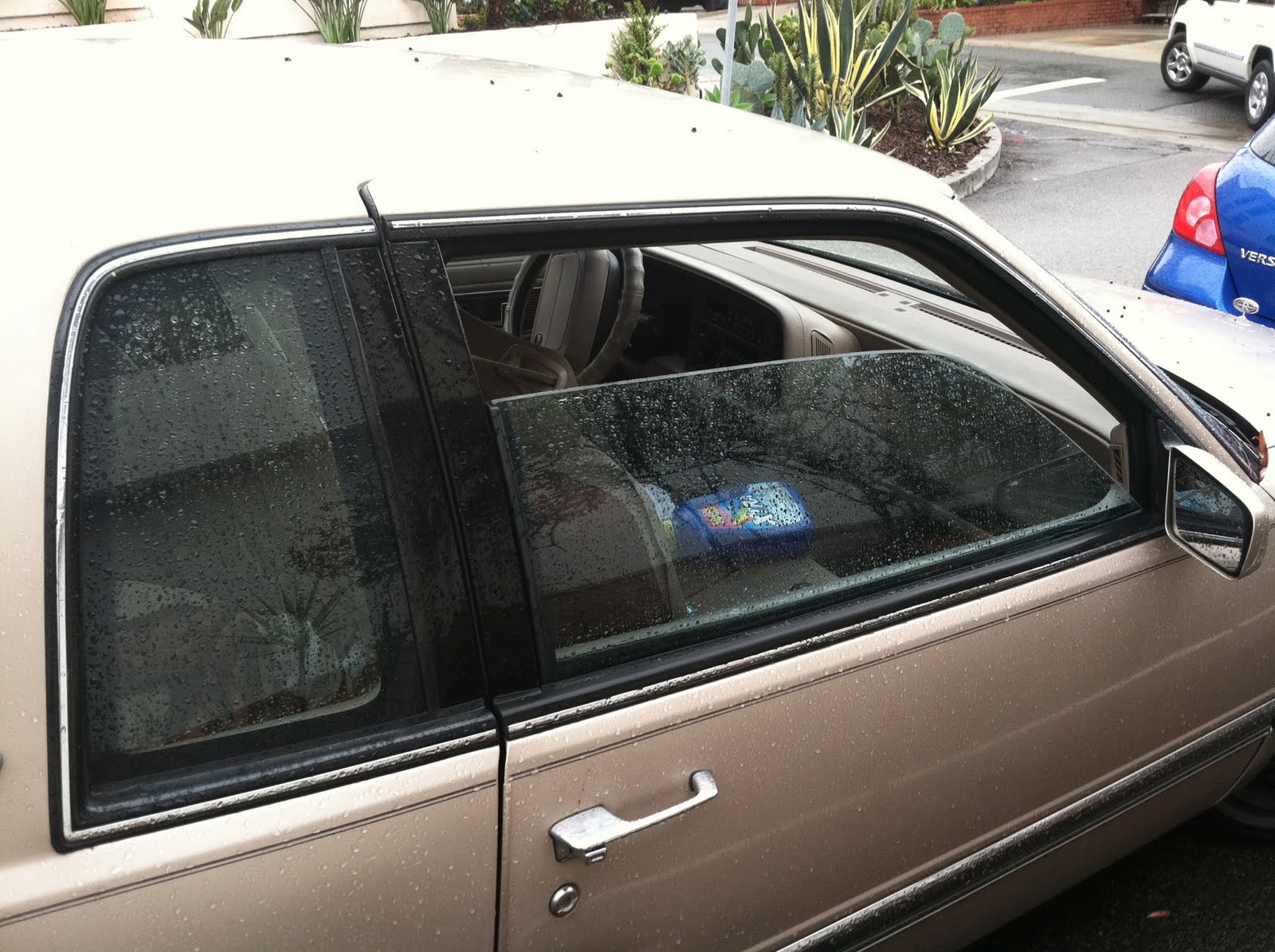

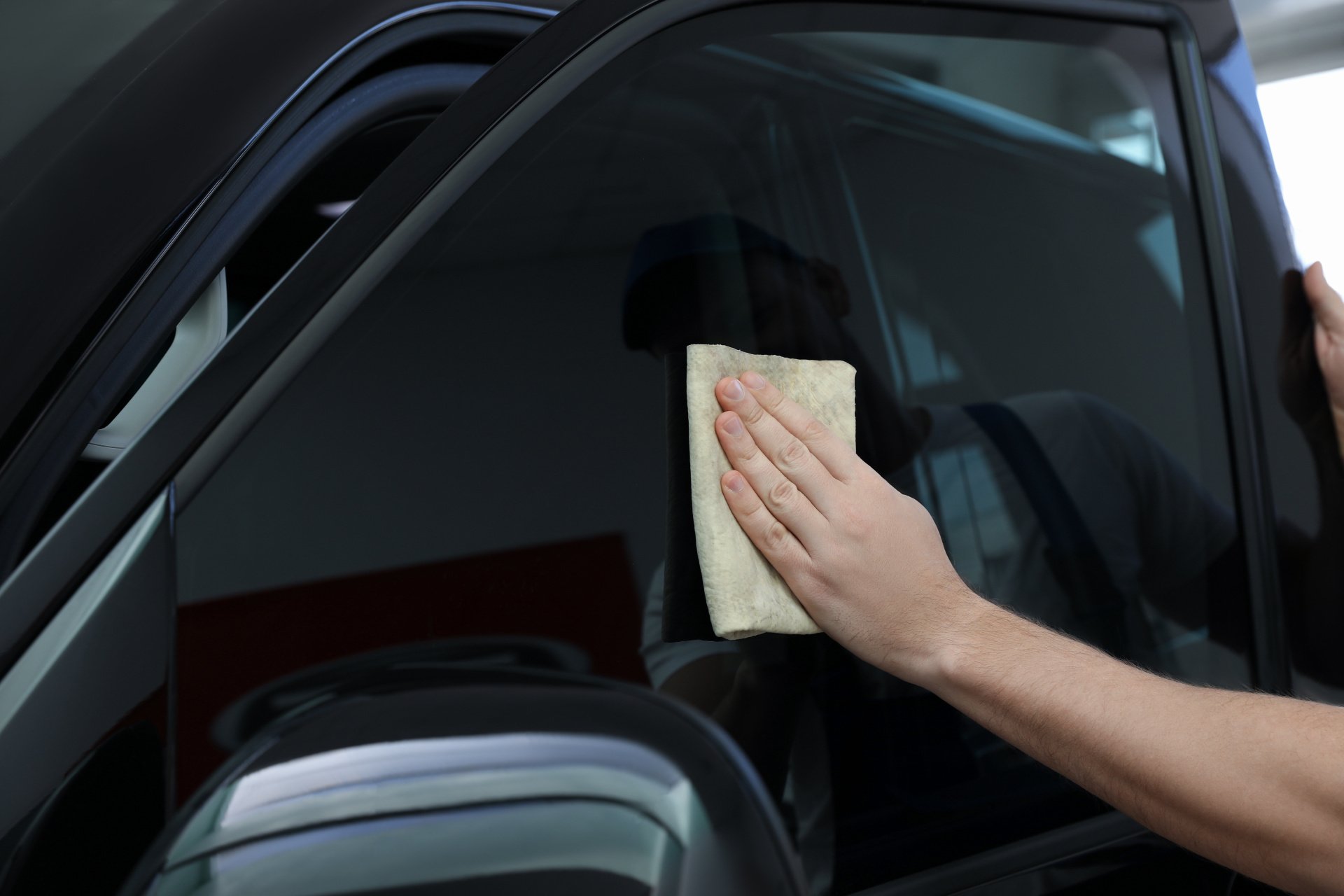
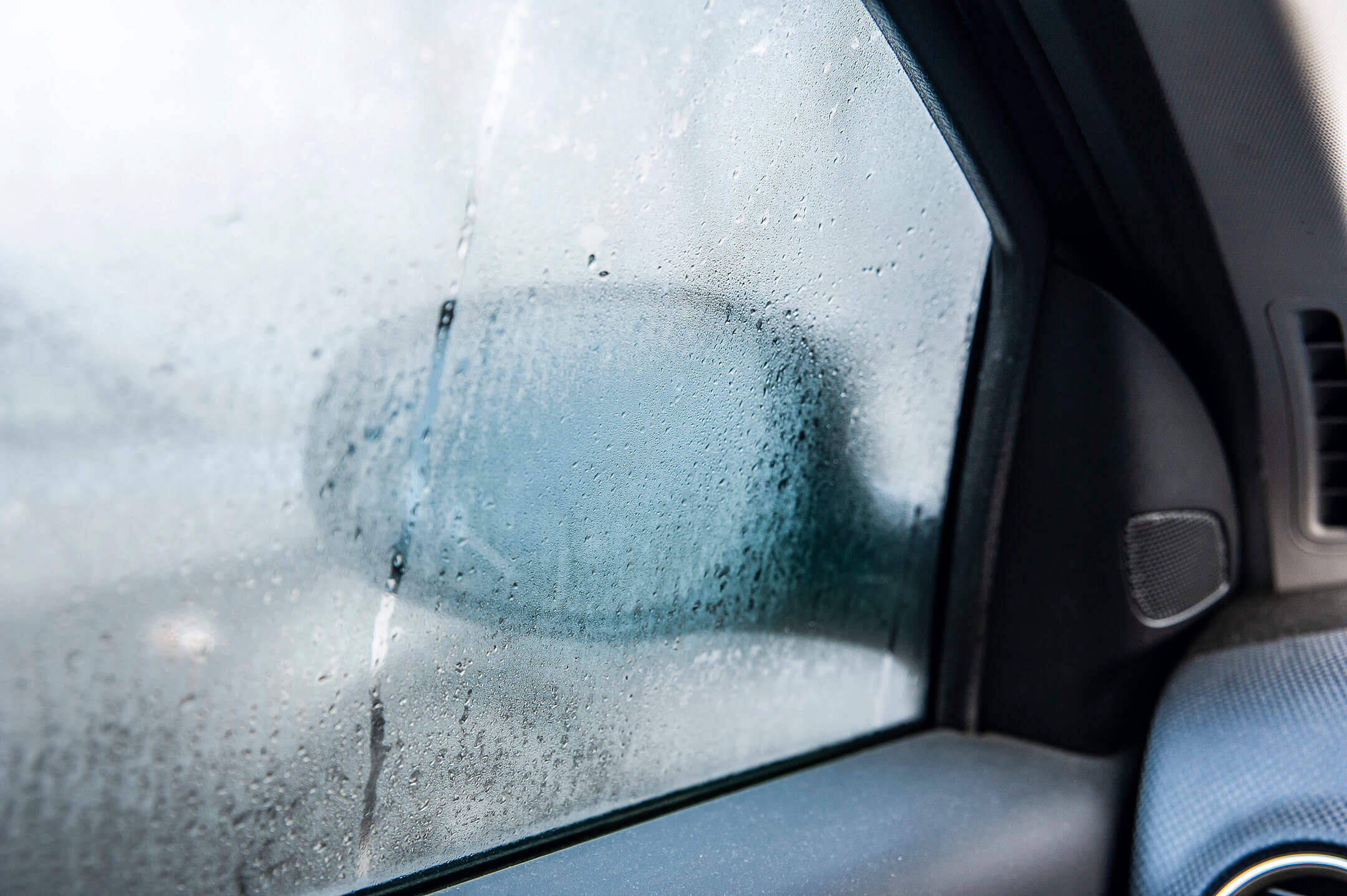
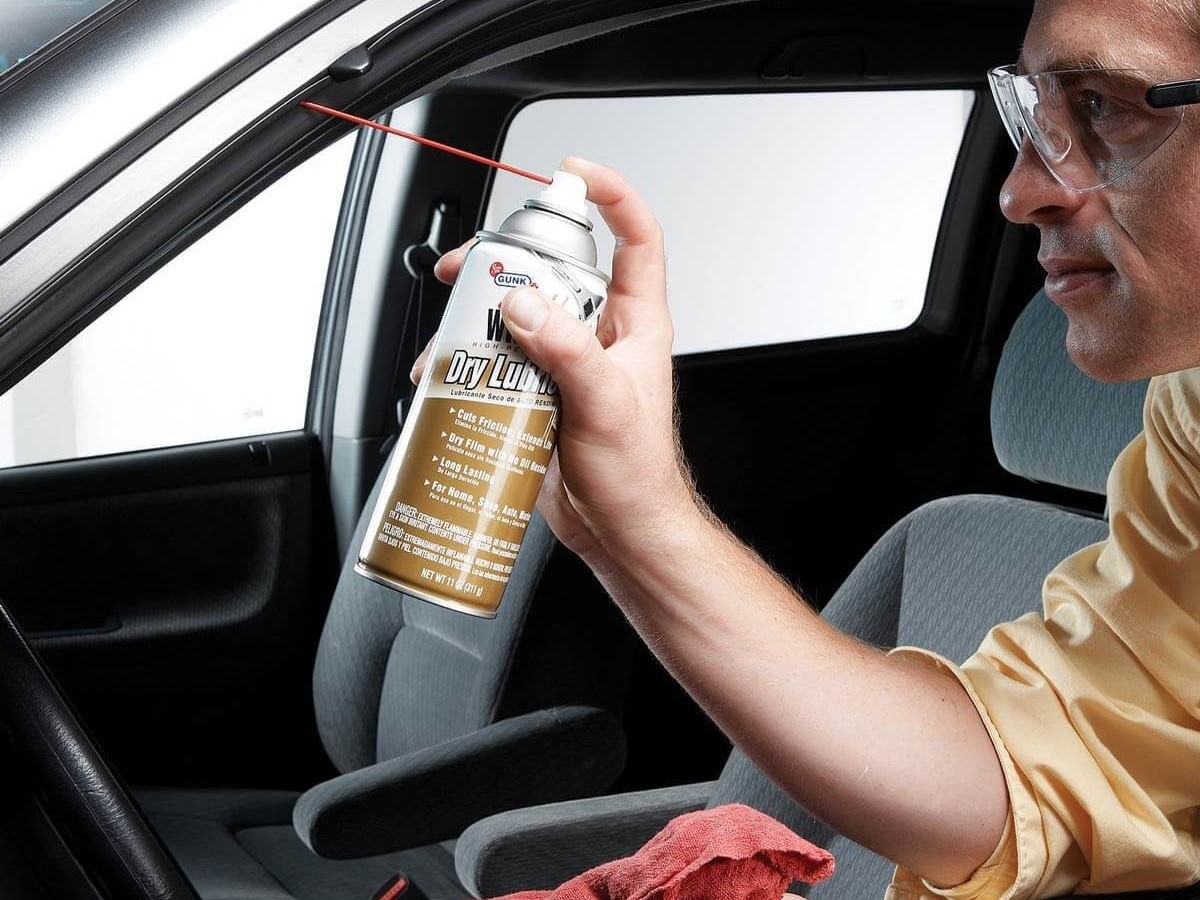
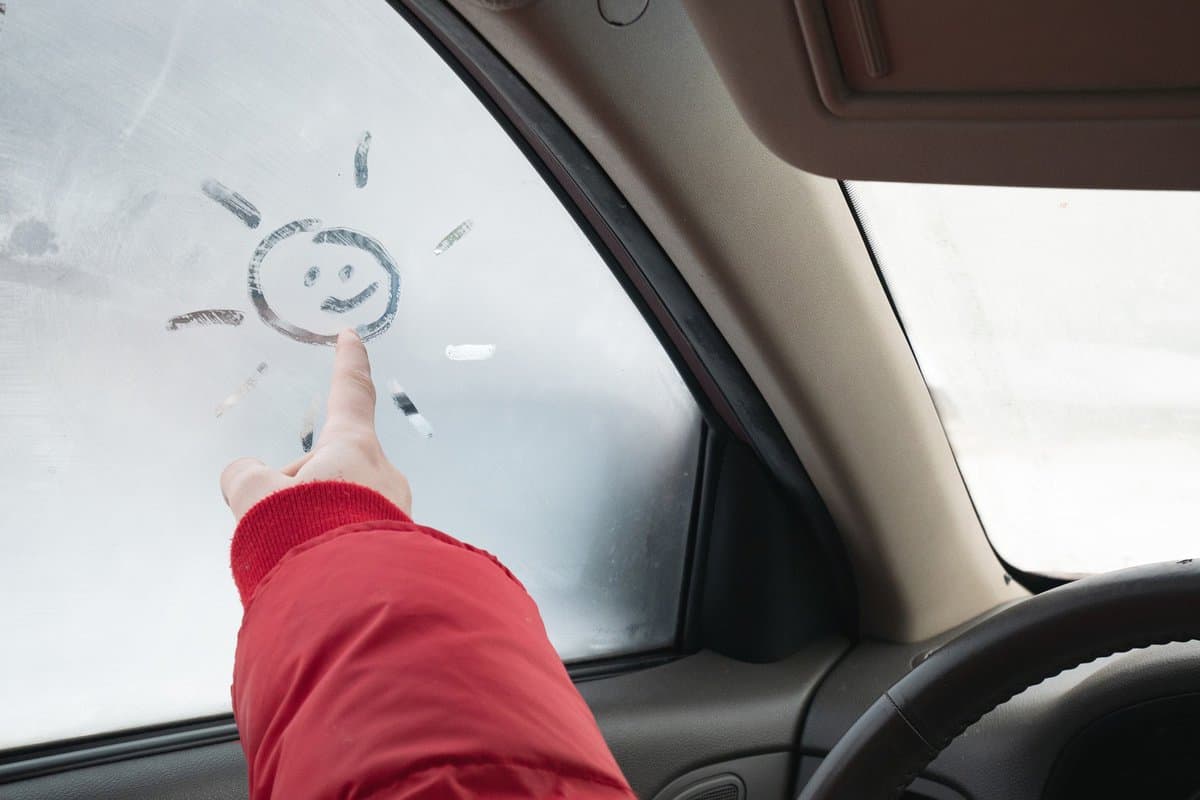
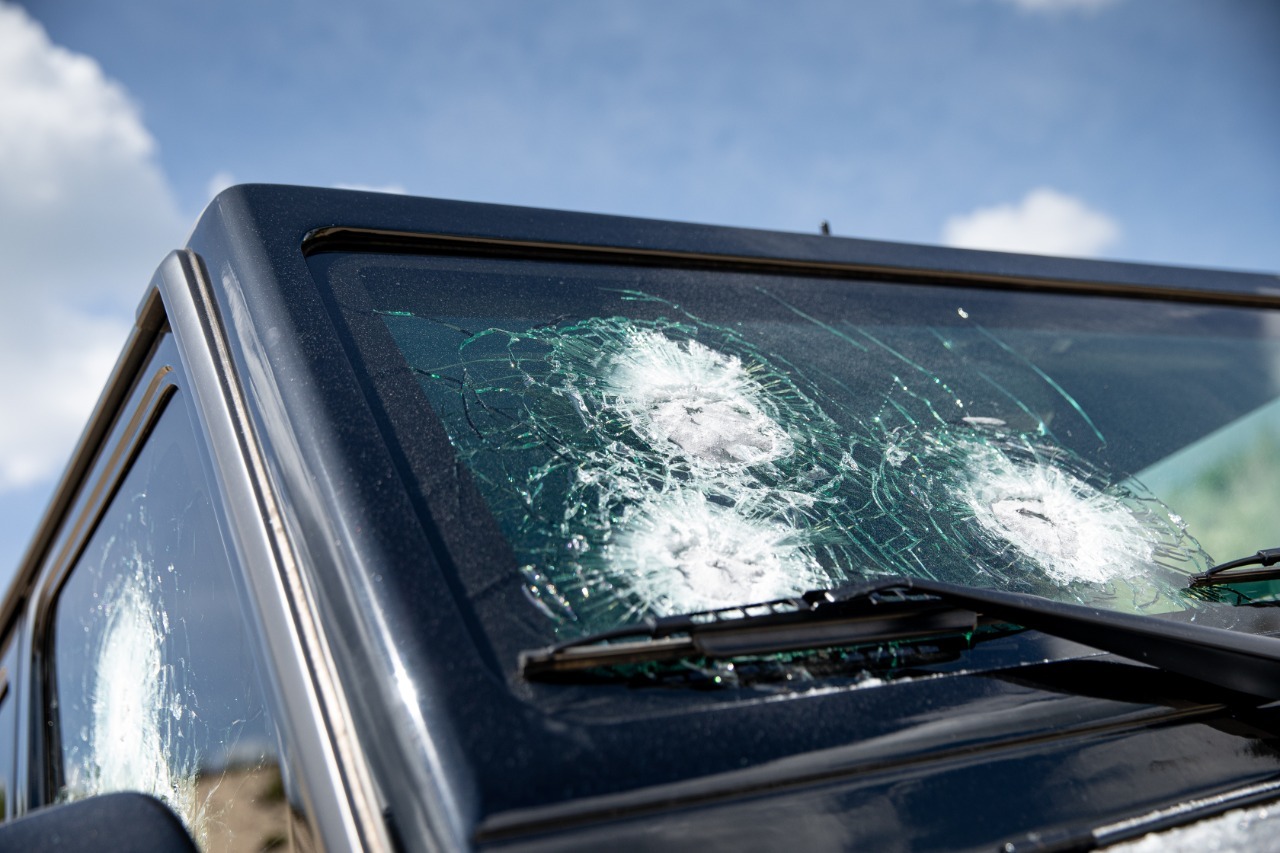
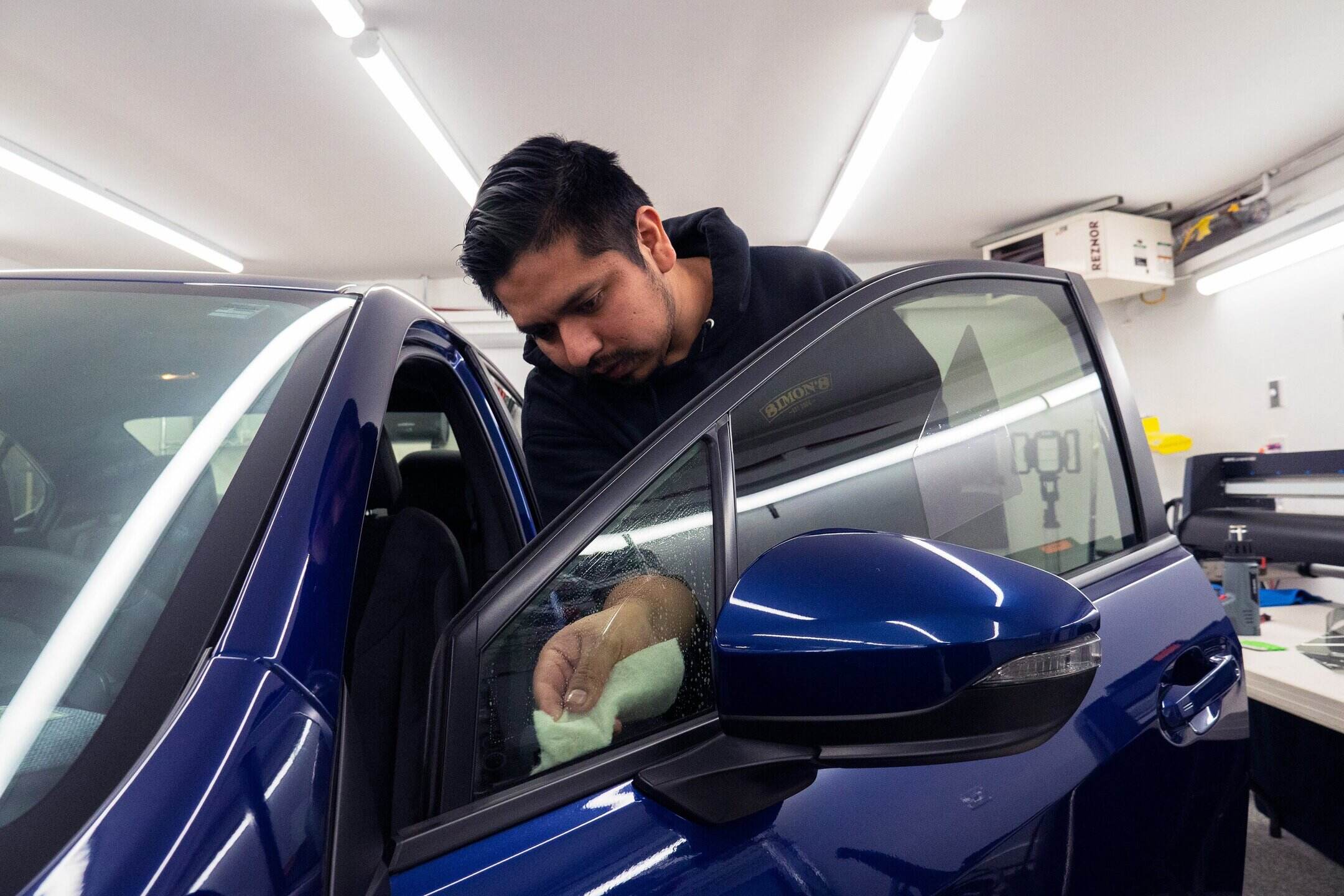

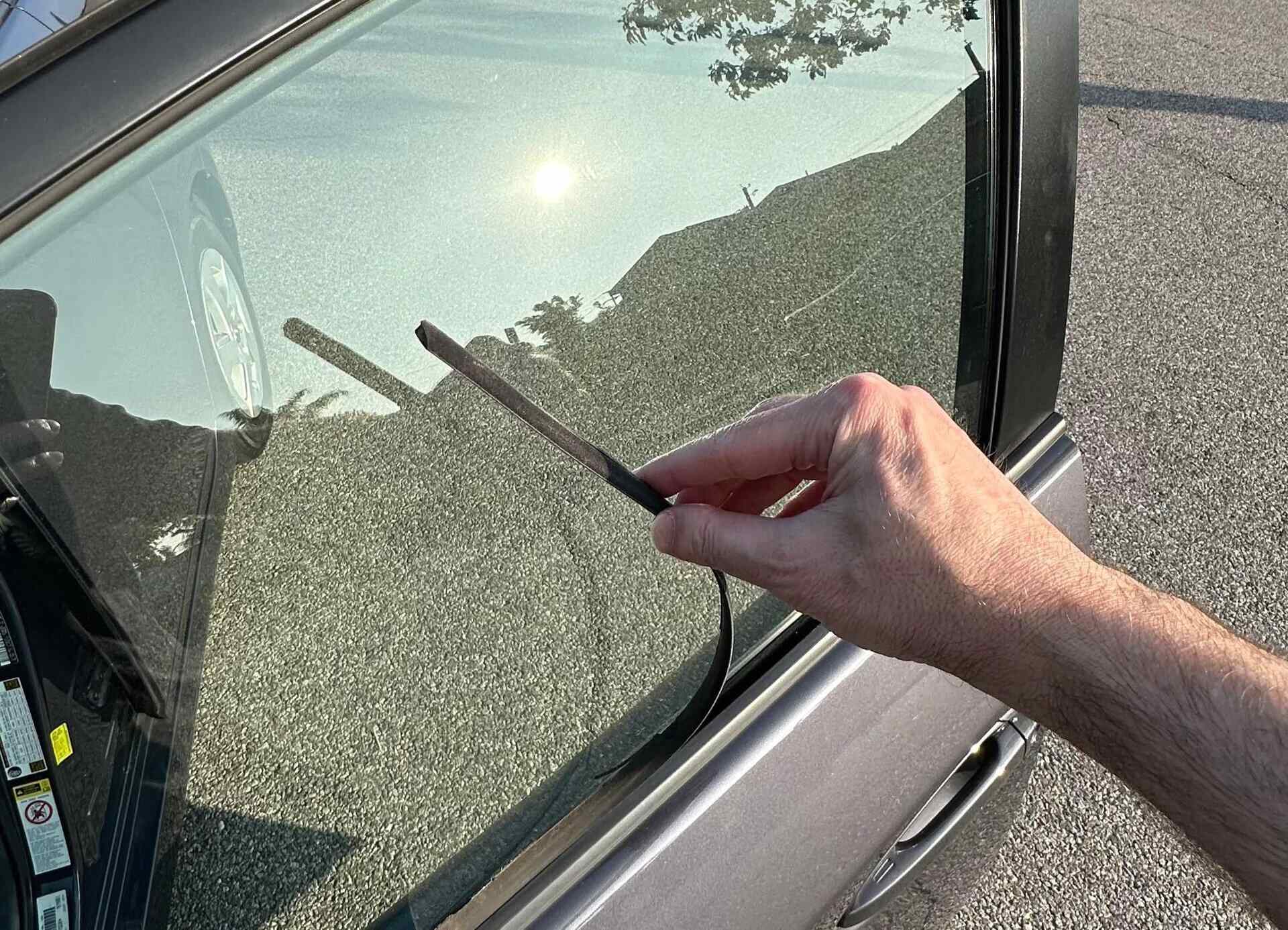
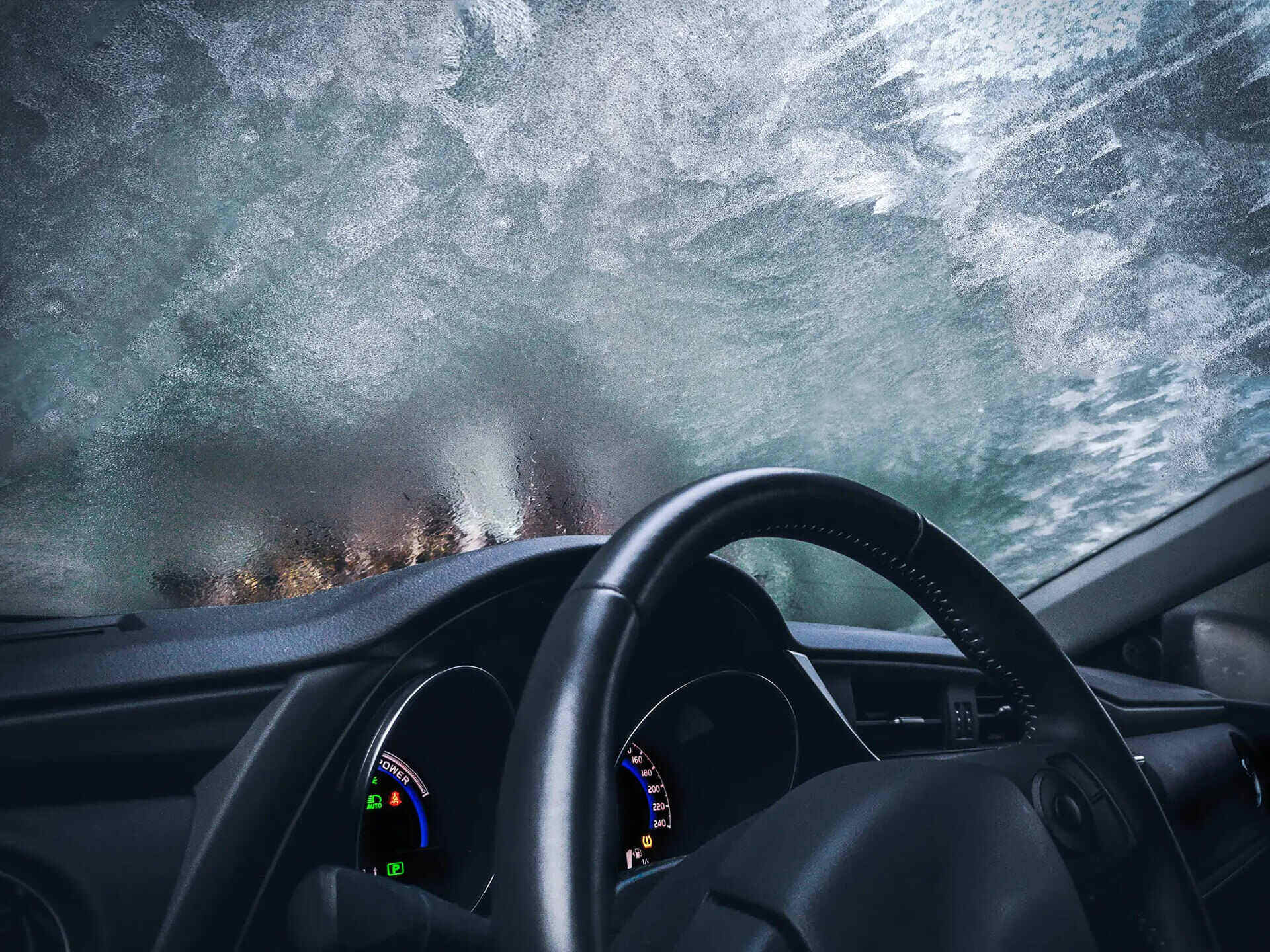




0 thoughts on “How Do You Defrost Car Windows”